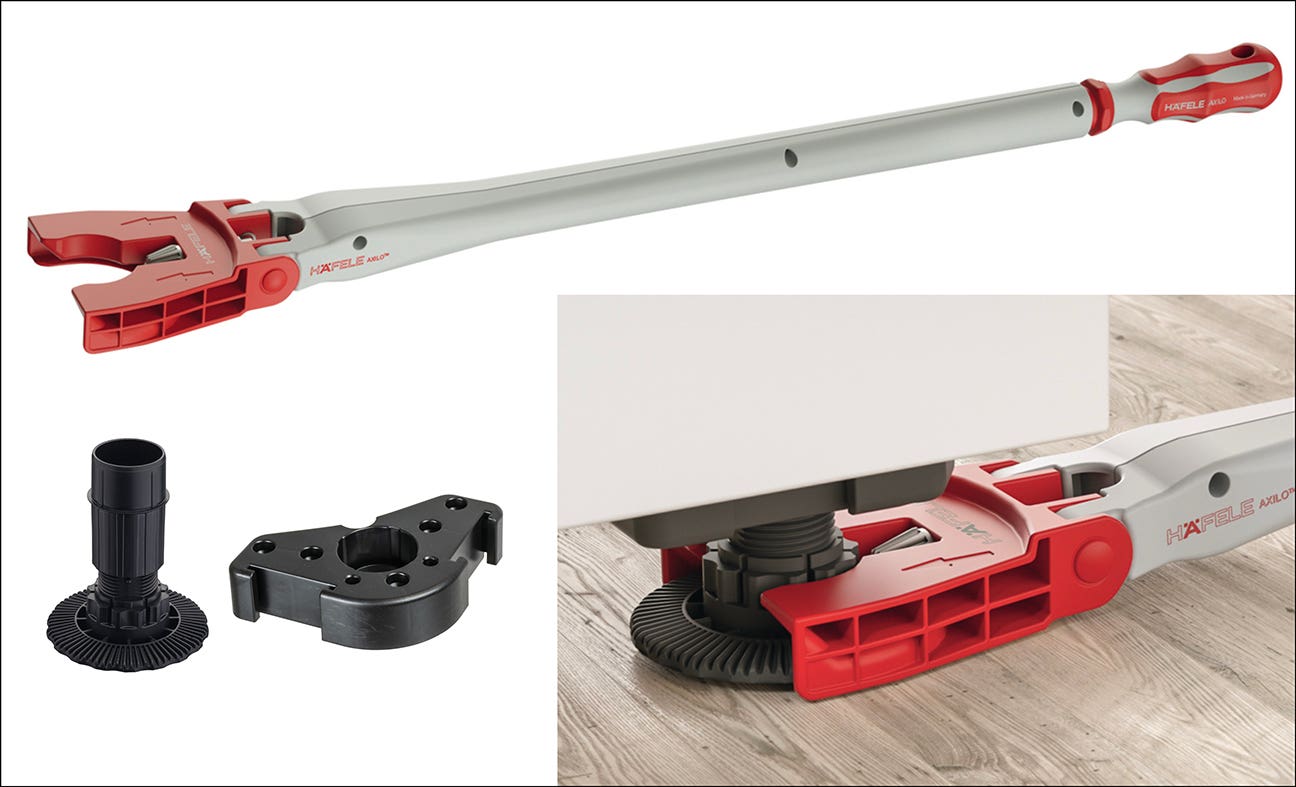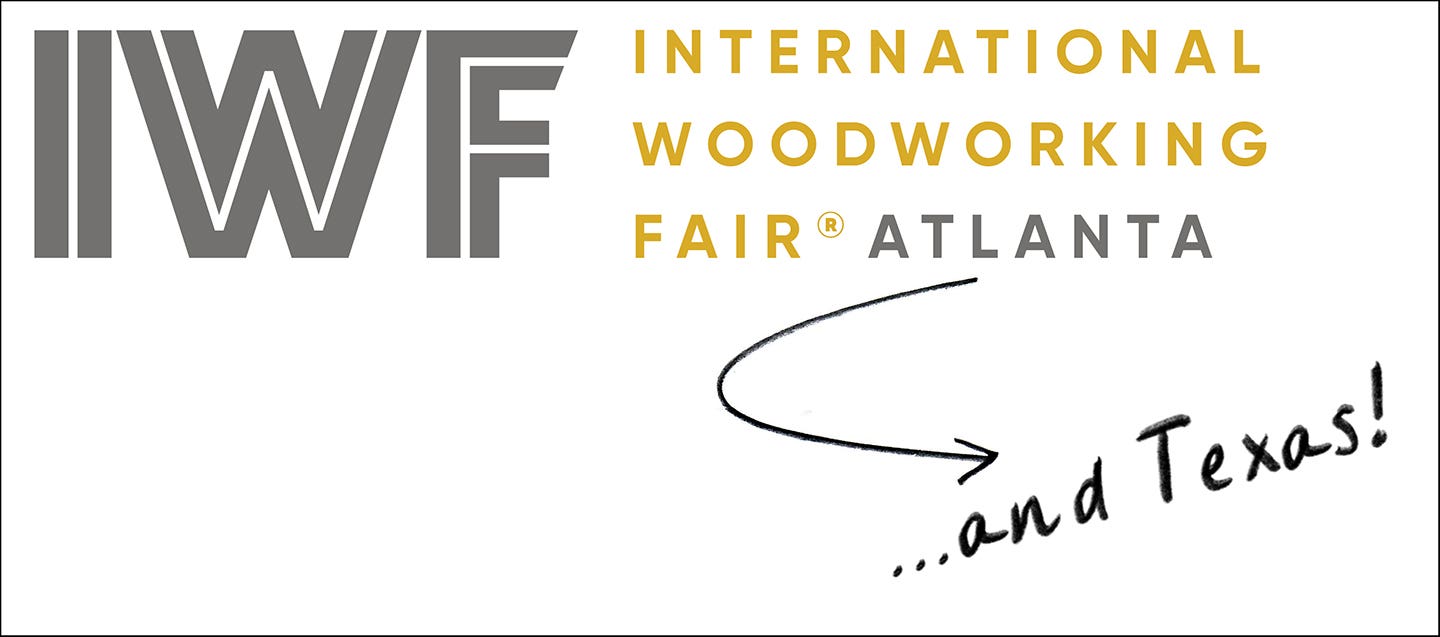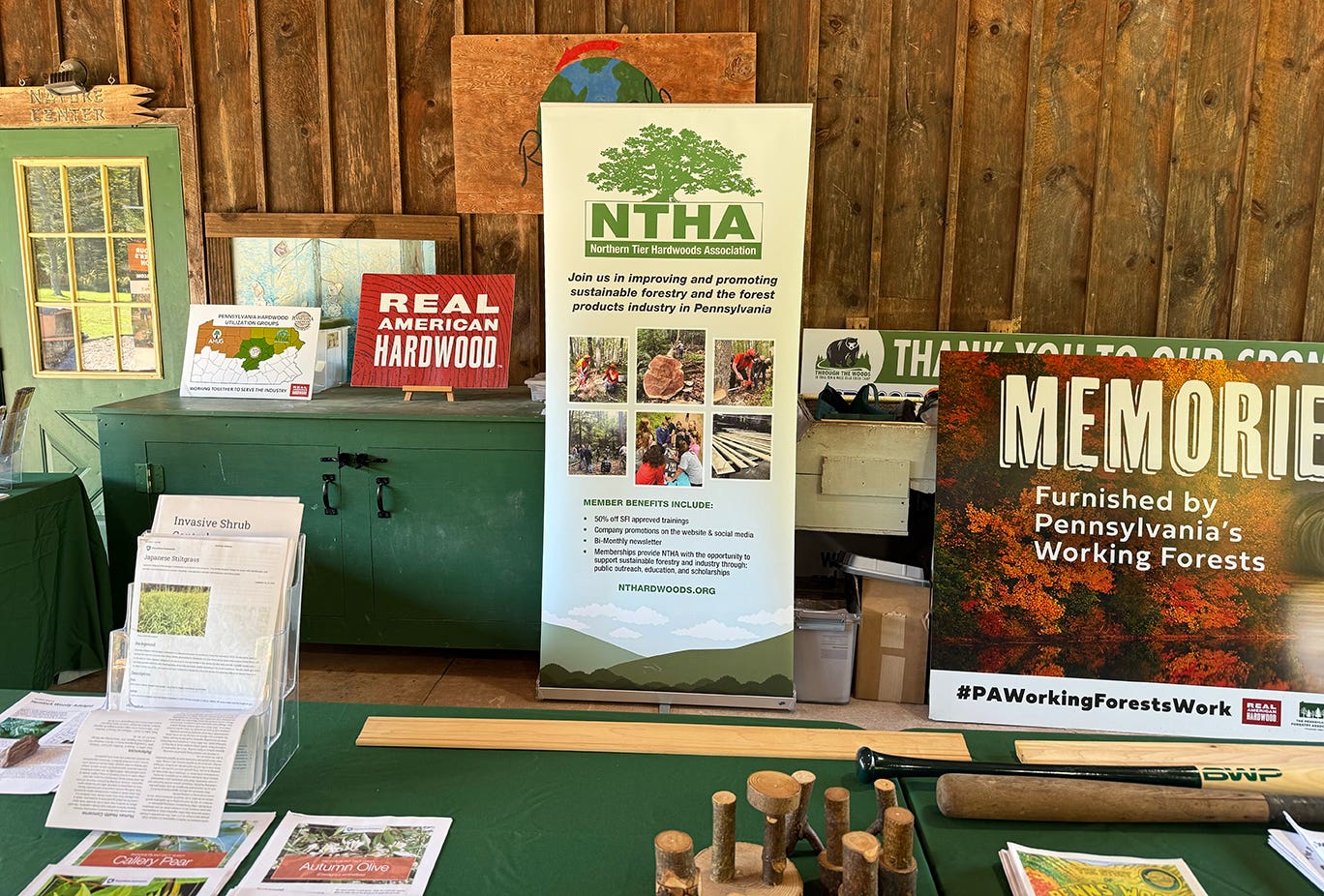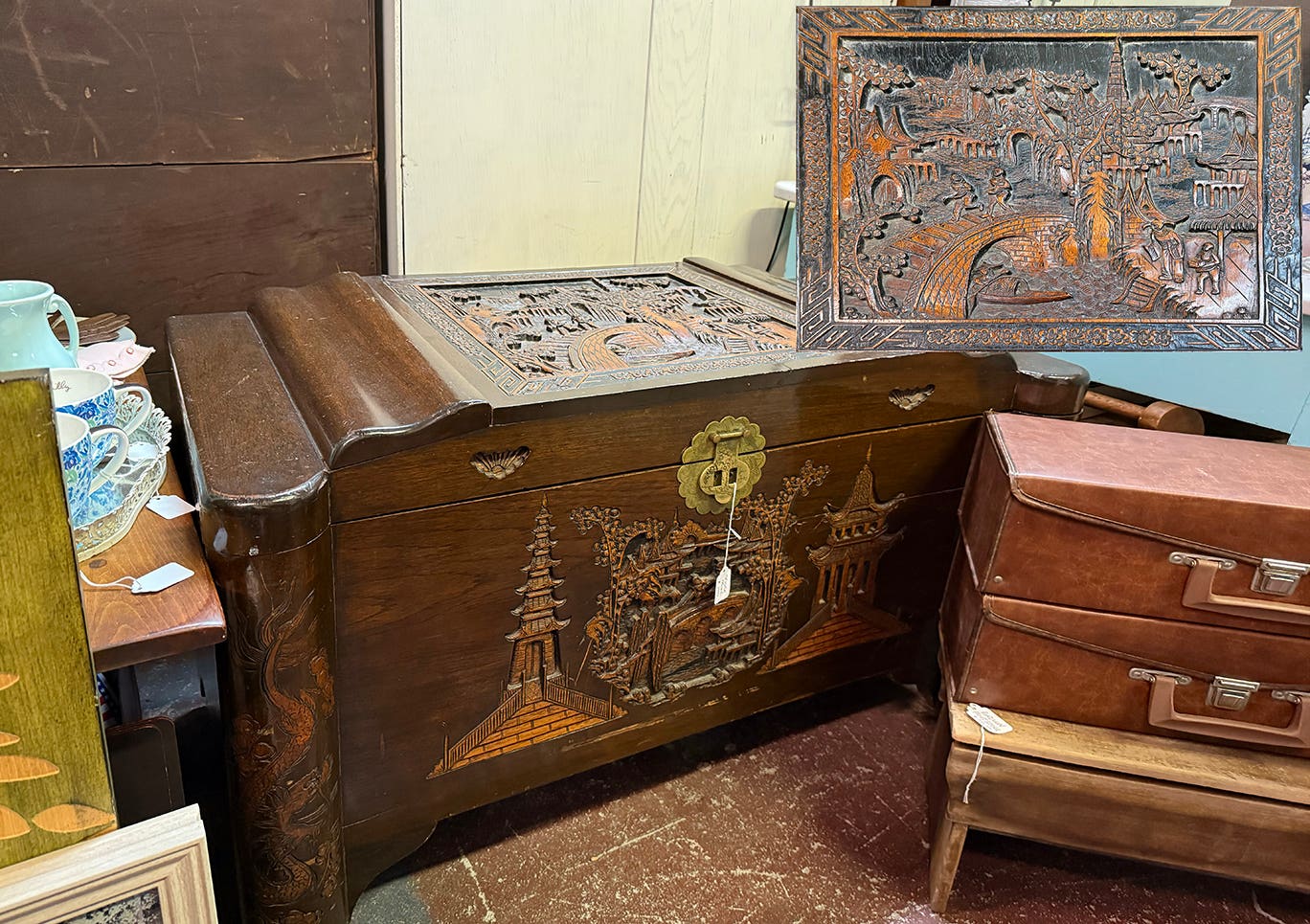Melamine
I have not built any cabinets out of melamine for a long time now. I never much liked the stuff to begin with but there is no getting around the…
I have not built any cabinets out of melamine for a long time now. I never much liked the stuff to begin with but there is no getting around the fact that it is the most commonly used material for cabinet construction. Most customers are pre-sold on the "advantages" of melamine. They like the look of the clean white cabinet interiors and the "low maintenance" and ease of cleaning offered by coated panels.
But most people really don't understand what melamine actually is and they will tell you that they do not want their cabinets made out of particleboard; they want melamine. I have spent hours trying to explain that melamine is basically particleboard with a surface coating. I explain that while most of the "good quality melamine" (in quotes because I feel that "good quality melamine" is an oxymoron) uses MDF as an underlayment for the surface coating, it's still pretty much plastic (or vinyl) coated particleboard.
Just as any hand-held circular saw is referred to as a "skill saw," the word melamine has become something of a generic term applied to any coated panels regardless of the materials used in either the core or the surface coating. Products can range anywhere from MDF or HDF panels with a hard thermofused coating to the crudest, cheapest particleboard with a coating that is not much better than that peel-and-stick vinyl shelf lining you can pick up at your local housewares store for a couple of bucks a roll. So when a salesman or shop owner tells a potential customer that their quote includes melamine interiors, there is really no good way to define the quality of those interiors.
When I did use melamine, I always bought the best quality panels I could find. These were MDF with a coating that was the equivalent of the top, or "color layer" found on countertop grade plastic laminate. For what it was, this was a good hard surface that would wear well and had a reasonable chance of lasting for enough years that I would not have to loose sleep worrying about the customer calling me back to complain about their cabinets coming apart. But, I never liked working with it. The panels (as well as the cabinets made from them) were heavy and difficult to move around the shop and my shop went through so many Band-Aids from guys getting cut by the sharp edges that I almost had to factor the cost of Band-Aids into my bids.
When I finally decided not to build any more melamine cabinets, my material of choice became maple plywood. I can get shop grade Whole Piece Face maple ply for pretty close to the same price as the melamine I was buying. Granted, I have to finish the interiors, but the overall look of my cabinets was vastly better (IMMHO), my back hurt a whole lot less and with what I was able to save on Band-Aids, I could just about pay for lunches and coffee every day!
D.D.
David DeCristoforo possesses an extensive resume as designer/maker of fine furniture, high-end cabinetry and architectural woodwork. His experience in professional woodworking spans a period of 35 years. For the past 20 years David DeCristoforo Design has been located in Woodland, California. During this time David's shop has ranged in scope from a "full on" cabinet production shop with as many as 15 employees to a small fine furniture and custom millwork shop, working with his son, David RBJ, a highly skilled maker in his own right.







